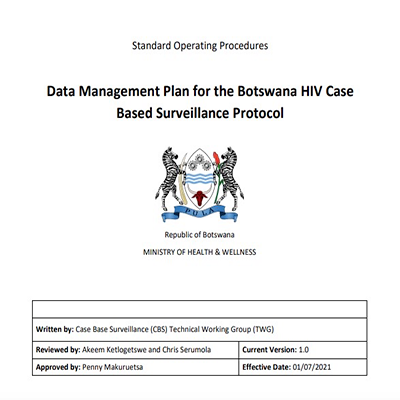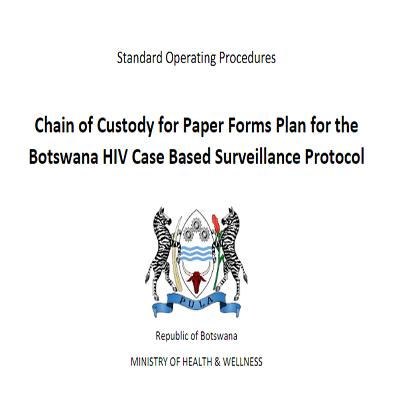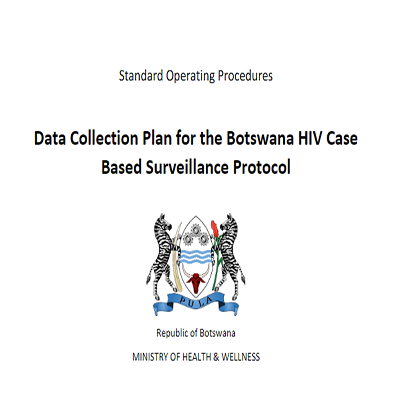The availability and use of accurate and timely data is essential to reach the 95-95-95 UNAIDS targets by 2030. As of December 2021, there was an estimated 38.4 million people living with the human immunodeficiency virus (HIV) worldwide. Of these, 25.6 million were from the African continent, with 20.6 million in eastern and southern Africa, accounting for the highest proportion of people living with HIV worldwide. The rapid expansion of the availability and uptake of antiretroviral therapy (ART) in sub-Saharan Africa (SSA) has transformed the HIV epidemic in this region, reducing both transmission and mortality and increasing life expectancy for those living with HIV. As countries reach epidemic control, the World Health Organization, UNAIDS, and PEPFAR recommend that countries implement second-generation HIV surveillance to maintain the gains that have been achieved through treatment and targeted prevention activities.
To better monitor the HIV epidemic, we developed resources to support the implementation of HIV case-based surveillance (CBS) to monitor events along the HIV care continuum with the following partners:
Ministry of Health, Botswana
Federal Ministry of Health, Nigeria
Botswana University of Maryland School of Medicine Health Initiative
PEPFAR
US Centers for Disease Control and Prevention
Ciheb supported the development of guidelines in Nigeria and Botswana to provide a framework and coordination mechanism for implementing HIV case-based surveillance at the national, district and facility level. In addition to coordination, the guidelines identify key roles needed to support CBS at all levels and the associated responsibilities.
Available PDFs for Download:





